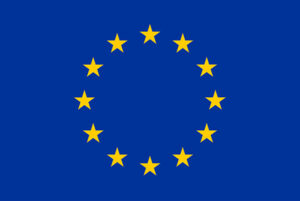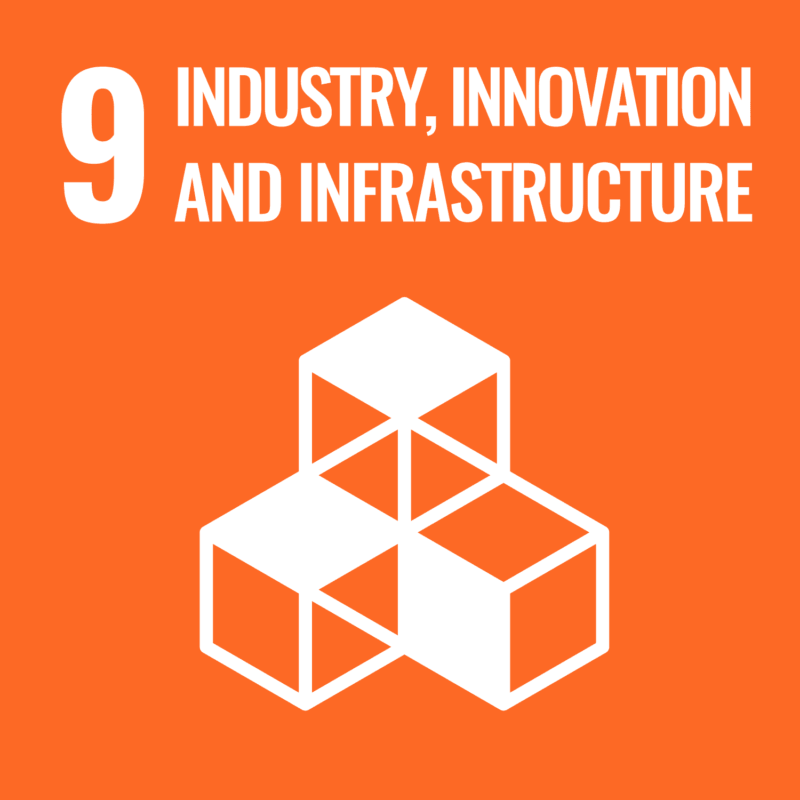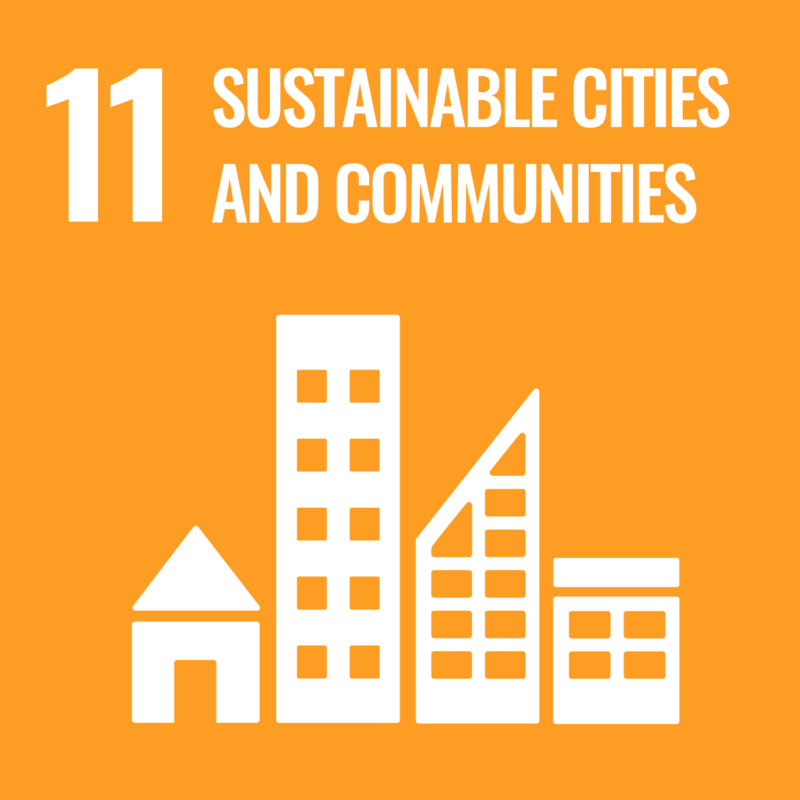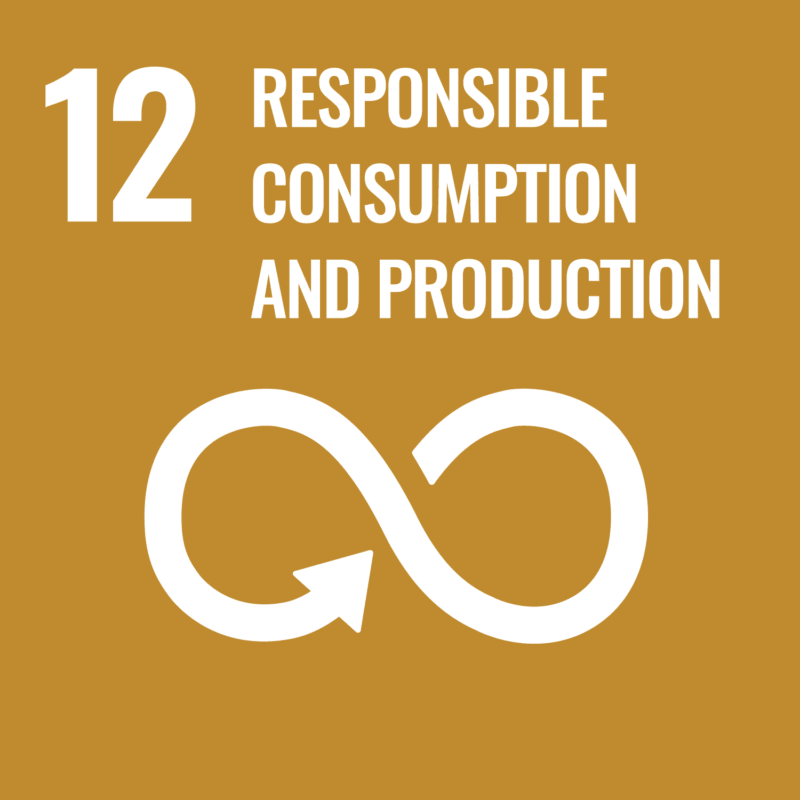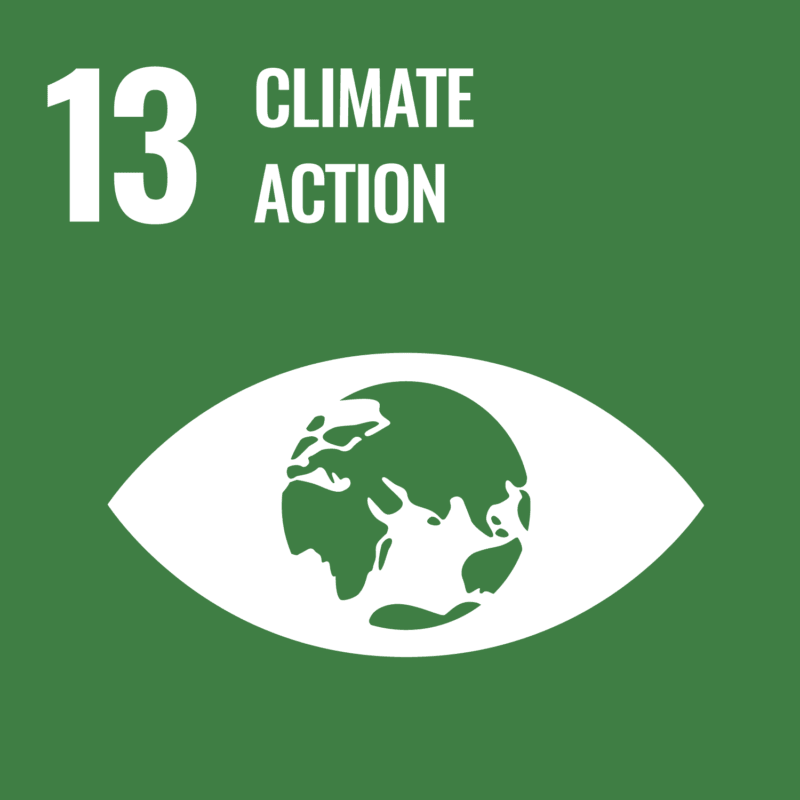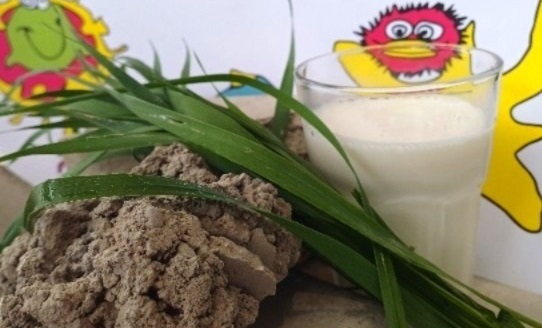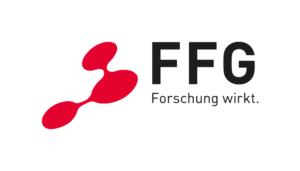Concrete is a widely used, popular building material and has many convincing advantages. However, it is also susceptible to cracks. These significantly shorten the service life of concrete and lead to expensive repairs. Cracks can occur in both the plastic and hardened stages for various reasons, e.g. formwork movement, plastic settlement, weathering, drying shrinkage or thermal stress. Cracking cannot therefore be prevented and various techniques are used to repair cracks. Some methods, such as the use of chemicals and polymers, have proven to be harmful to human health and the environment. Alternative solutions are needed!
Alternative crack treatment with microbial concrete
Microbial concrete can be a promising alternative. Bacterial spores, natural fibers as a carrier material for the bacterial spores and calcium lactate are added to normal concrete so that the bacterial spores can form calcium carbonate. This is why it is also called self-healing concrete.
Self-healing concrete can repair structural defects in the concrete by the bacteria in the concrete forming calcium carbonate with calcium lactate. The bacteria metabolize calcium lactate (C₆H₁₀CaO₆) in the presence of water and oxygen to form calcium carbonate (CaCO₃), also known as limestone, and carbon dioxide (CO₂).
The biological reaction caused by bacteria closes the existing crack. Microbial concrete is therefore a sustainable solution for repairing concrete cracks and a good alternative to passive treatments such as chemical sealants, which have various limitations.
Project goal
The aim of the project is to develop new biological and sustainable treatment strategies for concrete cracks in old buildings by using and researching agricultural by-products such as natural fibers and calcium lactate for the production of self-healing concrete.
Activities and results
Project management: The kick-off meeting for the project to develop self-healing concrete was held successfully. The project idea is being further developed within the existing LIN network in order to make optimum use of synergies and cooperation.
Raw materials: In collaboration with the partners and stakeholders, natural fibers have already been selected, the required bacterial mixtures have been produced and the necessary calcium lactate has either been produced in-house or purchased.
Production of laboratory samples: The concrete mix for the project was selected by Betonwerk Jungwirth. Jungwirth then produced laboratory samples using the raw materials. Finally, the scientific tests to check and validate the laboratory sample were carried out by OFI to ensure the effectiveness and efficiency of the self-healing concrete. The optimization is carried out by MO+ and Betonwerk Jungwirth, while the OFI is responsible for the statistical evaluation of the test design.
Scientific investigations: An experimental plan is drawn up together with all partners. The OFI then carries out scientific investigations using mechanical, physical, chemical and microbiological methods. Finally, the test plan is evaluated using statistical methods.
Added value
This project maximizes the regional value creation potential by using agricultural by-products such as natural fibres and calcium lactate for the production of self-healing concrete. This promotes local agriculture, creates additional sources of income and strengthens the regional value chain. The integration of bioeconomy principles supports the circular economy, leading to more efficient use of resources and waste avoidance.
Concrete effects
– Reduction of concrete waste: The longer service life of concrete and its ability to self-heal means that fewer repairs and new constructions are required, resulting in less waste.
– Positive contribution to recyclability: The use of natural raw materials can increase recyclability in the event of house demolition.
– Increase in regional added value: farmers and local companies benefit from new business opportunities and sources of income through the provision and processing of the necessary raw materials.
Benefits for SMEs in rural areas
– Value creation through innovation: The participating companies can expand their expertise in a forward-looking field of technology and position themselves as innovative partners in the area of sustainable building materials.
– New sales markets: The development and testing of new applications for existing products (e.g. fibers, calcium lactate, bacterial spores) opens up new markets – for example in the construction and restoration industry.
– Strengthening regional cycles: The use of agricultural by-products promotes local raw material cycles, reduces transportation routes and offers farmers and processing companies additional sources of income.
– Competitive advantage through sustainability: SMEs that offer ecological products or processes strengthen their market position in the face of growing demand for environmentally friendly construction and renovation solutions.
Funding: Funding measure of the CAP Strategic Plan Austria: Rural innovation systems within the framework of the European Innovation Partnerships (77-03): LIP Rural Innovation Partnerships.
Project consortium / ARGE:
Lead: Betonwerk Jungwirth GmbH
OFI Österreichisches Forschungsinstitut für Chemie und Technik
Agricultural business: Martha und Johannes Bauer

